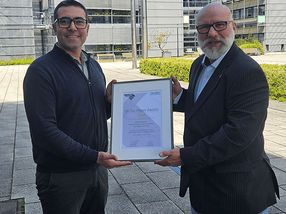A better way to make acrylics
acrylics are an incredibly diverse and useful family of chemicals used in all kinds of products, from diapers to nail polish. Now, a team of researchers from UConn and ExxonMobil describe a new process for making them. The new method would increase energy efficiency and reduce toxic byproducts.
The global market for acrylic acid is enormous. The world used close to 5 million metric tonnes of it in 2013, according to industry group PetroChemicals Europe. And no wonder, for acrylics and the closely related acrylates are the building blocks for many kinds of plastics, glues, textiles, dyes, paints, and papers. Strung together in long chains, they can make all kinds of useful materials. Acrylate mixed with sodium hydroxide, for example, makes a super absorbent material used in diapers. Add extra methyl groups (carbon plus three hydrogens), and acrylate makes plexiglass.
The current industrial processes for making acrylics require high temperatures close to 450 F, and produce unwanted and sometimes harmful byproducts, such as ethylene, carbon dioxide, and hydrogen cyanide.
UConn chemist Steve Suib, director of the University's Institute for Materials Science, and colleagues at UConn and ExxonMobil have designed a new way of making acrylics at mild temperatures. Their technique can be finely tuned to avoid producing unwanted chemicals.
"Scientists at ExxonMobil Research & Engineering partnering with professor Suib's group in UConn have been probing new technologies that can lower energy intensity, skip steps, improve energy efficiency, and reduce CO2 footprint in the production process of acrylics," says Partha Nandi, a chemist at ExxonMobil. "The recent publication in Nature Communications describes discovery of a new route to produce a class of acrylate derivatives in potentially fewer steps and with less energy."
The technique uses a porous catalyst made of manganese and oxygen. Catalysts are materials used to speed up reactions. Often, they provide a surface for the molecules to sit on while they react with each other, helping them to meet up in the right configurations to do the deed. In this case, the pores fill that role. The pores are 20 to 500 Angstroms wide, big enough for fairly large molecules to fit inside. The manganese atoms in the material can trade their electrons with nearby oxygens, which makes it easier for the right chemical reactions to happen. Depending on the starting ingredients, the catalyst can facilitate all different kinds of acrylics and acrylates, with very little waste, Suib says.
"We hope this can be scaled up," he says. "We want to maximize yield, minimize temperature, and make an even more active catalyst," that will help the reaction go faster. The group also found adding a little bit of lithium helped speed things up, too. They are currently studying the exact role of lithium, and experimenting with ways of improving the manganese and oxygen catalyst.
Original publication
Other news from the department science

Get the chemical industry in your inbox
By submitting this form you agree that LUMITOS AG will send you the newsletter(s) selected above by email. Your data will not be passed on to third parties. Your data will be stored and processed in accordance with our data protection regulations. LUMITOS may contact you by email for the purpose of advertising or market and opinion surveys. You can revoke your consent at any time without giving reasons to LUMITOS AG, Ernst-Augustin-Str. 2, 12489 Berlin, Germany or by e-mail at revoke@lumitos.com with effect for the future. In addition, each email contains a link to unsubscribe from the corresponding newsletter.
Most read news
More news from our other portals
Last viewed contents

Nitrogen gets in the fast lane for chemical synthesis - Chemists discover way to simplify synthesis of valuable precursor for drugs, other compounds

Adding a porous envelope to aluminum plasmonics - Gas-trapping framework married to light-powered nanocatalysts
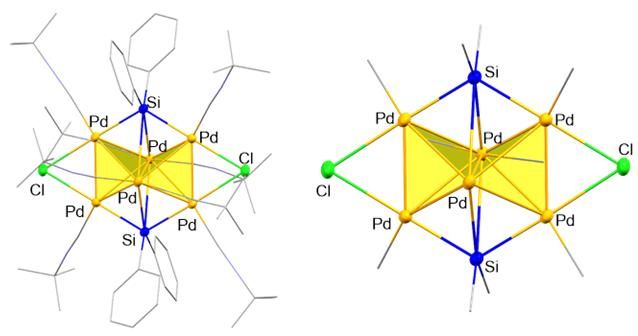
'Butterfly-shaped' palladium subnano cluster built in 3-D
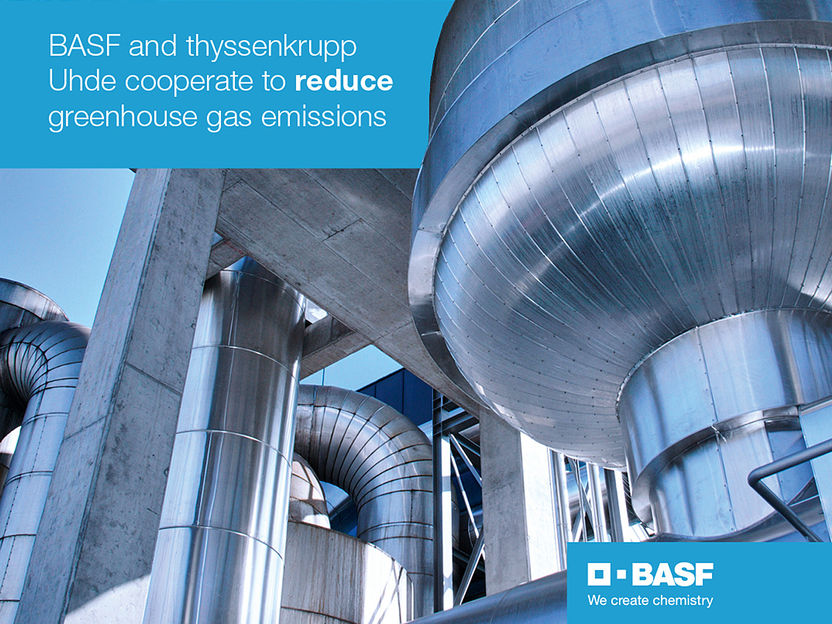
BASF and thyssenkrupp Uhde cooperate to reduce greenhouse gas emissions
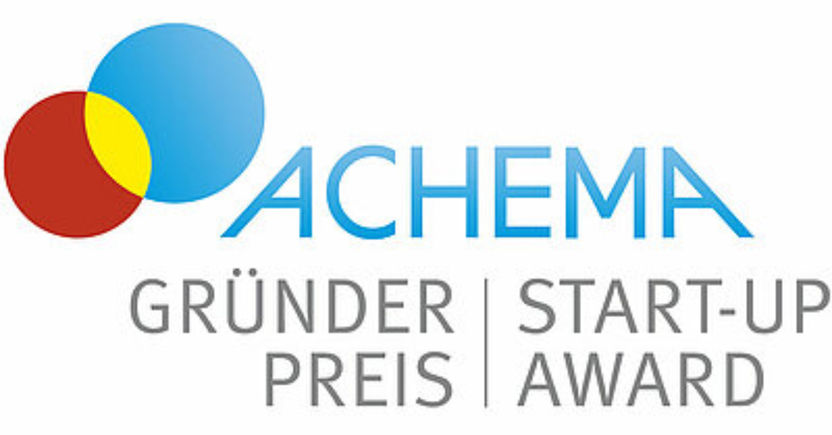
ACHEMA Start-up Award: Ten start-ups that want to change the process industry - The finalists are nominated
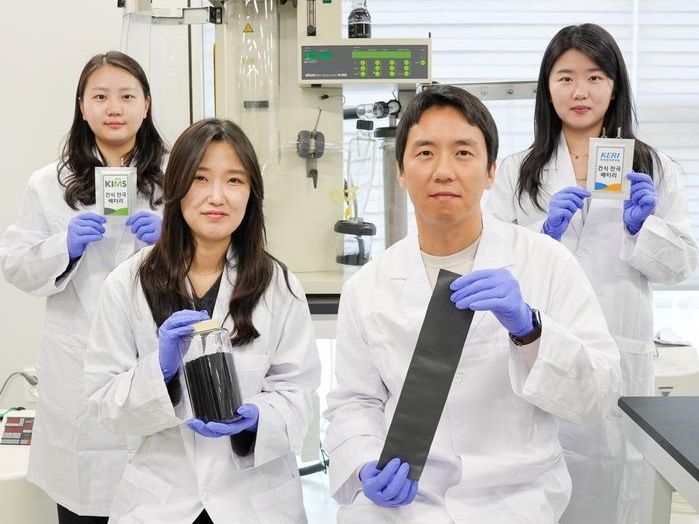
Spray drying tech used in instant coffee applied to high-capacity battery production - Achieved world-leading 98% active material content in electrode
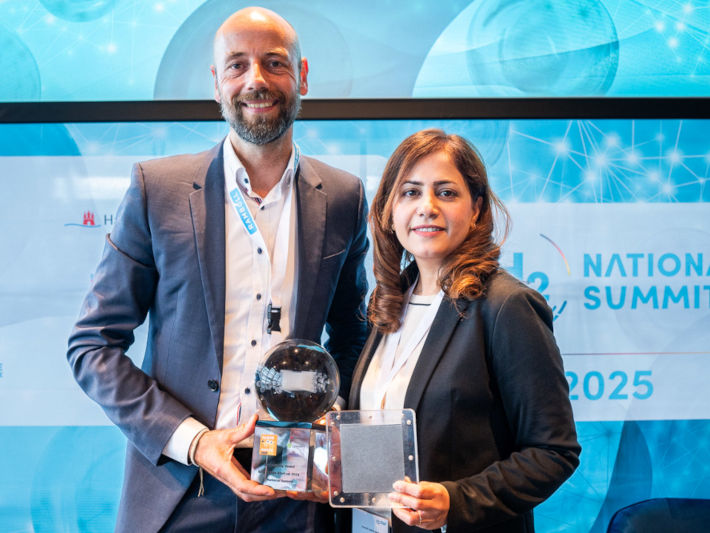
Elementarhy Revolutionizes with New Technology Previously Costly Hydrogen Production - Start-up aims to become a pioneer for green hydrogen

Akeno receives 4.5 million euros for real-time production planning - From BASF project to international rollout
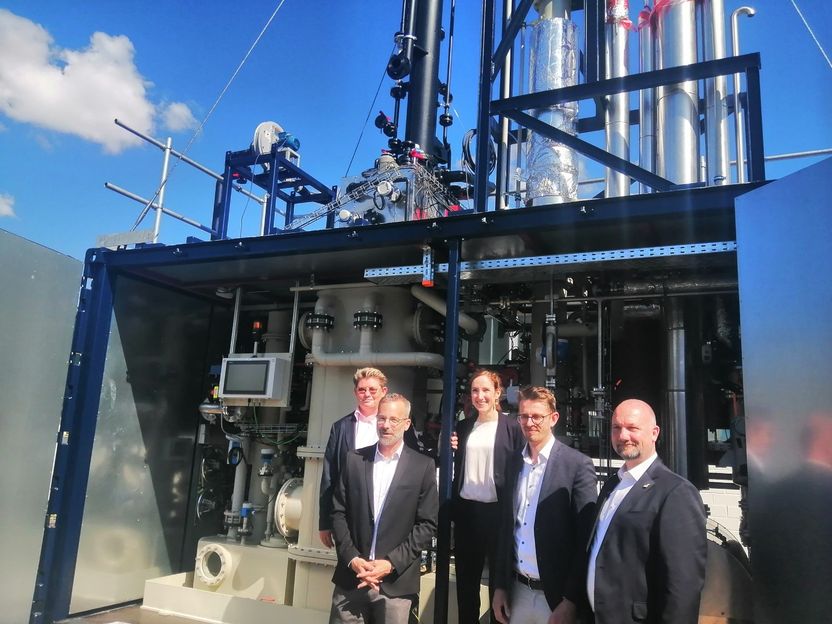
EEW and GEA launch strategic partnership for CO₂ capture

Digital lab day 2025 celebrates international success - virtual battery day 2025 follows in November
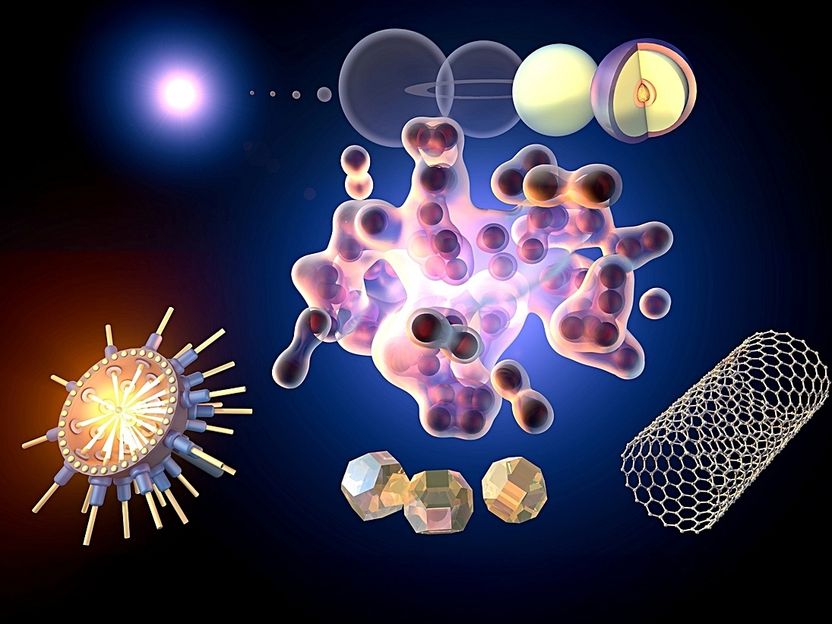
Structure of liquid carbon measured for the first time - Research team completes groundbreaking experiment at the European XFEL

















